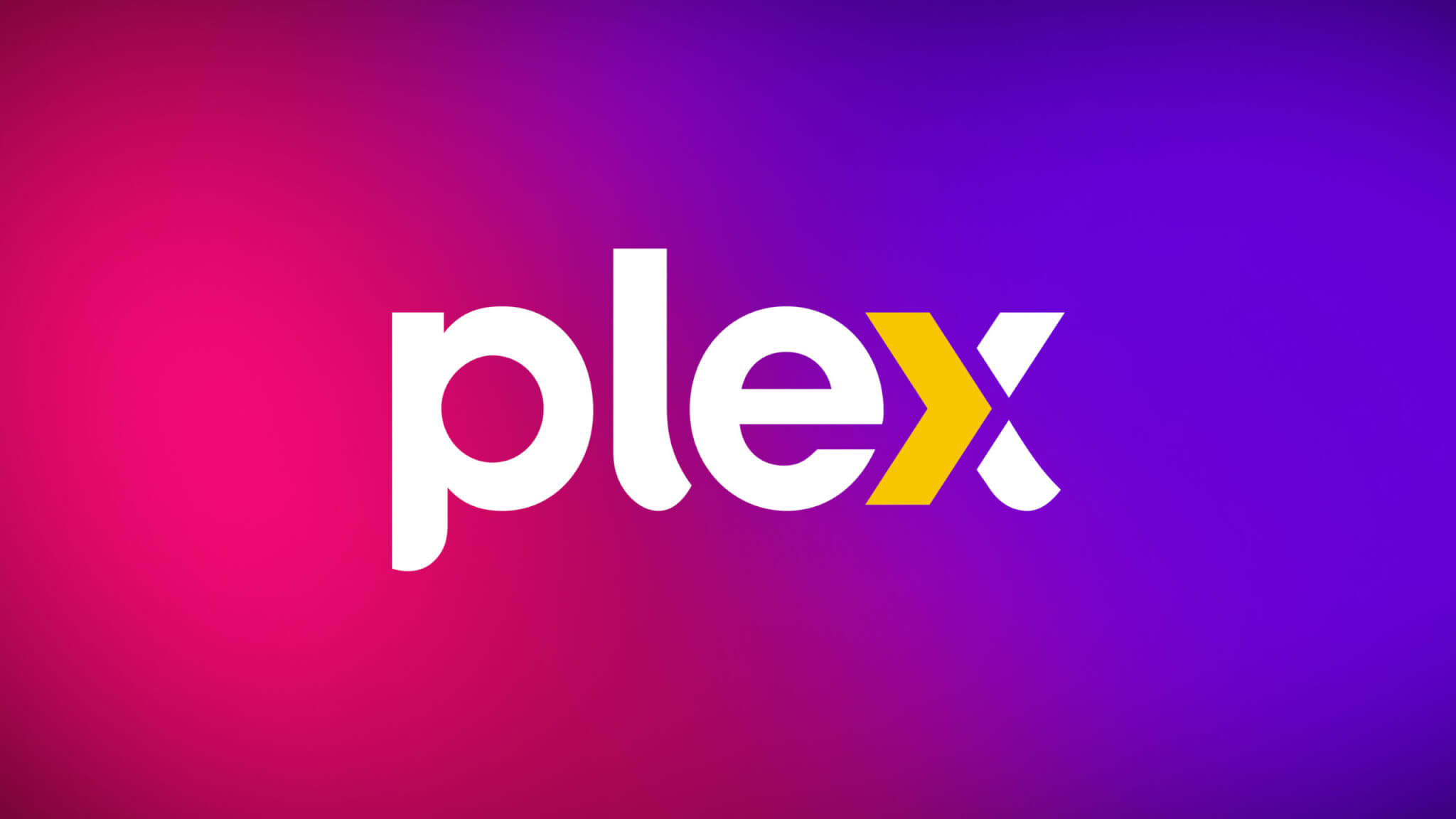- cross-posted to:
- piracy@lemmy.dbzer0.com
- cross-posted to:
- piracy@lemmy.dbzer0.com
We are also changing how remote playback works for streaming personal media (that is, playback when not on the same local network as the server). The reality is that we need more resources to continue putting forth the best personal media experience, and as a result, we will no longer offer remote playback as a free feature. This—alongside the new Plex Pass pricing—will help provide those resources. This change will apply to the future release of our new Plex experience for mobile and other platforms.



I’m surprised by the resistance to Jellyfin in this thread. If you are using Plex, you’re already savvy enough to use bittorrent and probably the *arrs. If you can configure that stuff, Jellyfin is absolutely something you can handle. If you like Docker, there’s good projects out there. If you’re like me and you don’t understand Docker, use Swizzin community edition. If you can install Ubuntu or Debian, and run the Swizzin script, you’re in business.
Me too. Docker isn’t hard if you use a compose file. It’s easy to read syntax.
Linux server.io has great documentation for their images.
I have Jellyfin and Plex running from the same virtual machine pointing at the same media. If it wasn’t for the one crappy TV I have in my house with no Jellyfin client, Plex would be gone.
This is giving me “yaml isn’t hard to use if you use a compose file!” It is, actually. It’s easy for you because you understand the technology. The vast majority of people do not.